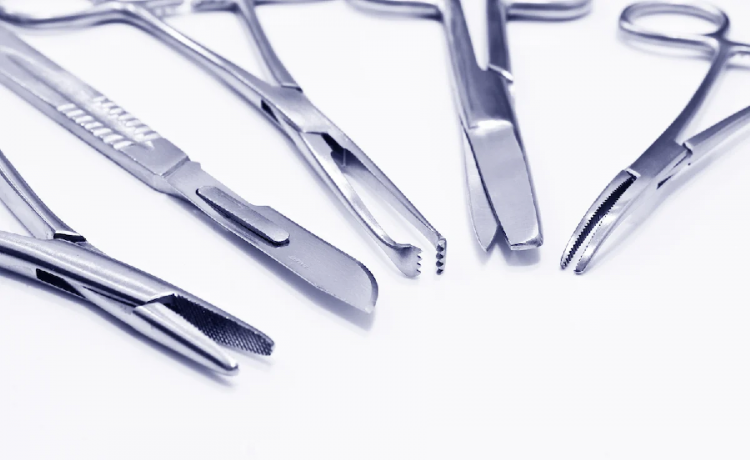When you are choosing medical tools for a procedure, here are a couple of key points to take into consideration.
What treatment are you performing? Released study documents generally suggest which tools other scientists have utilized for similar treatments. The appropriate surgical tool for a particular treatment makes a distinction on the result of that strategy.
What is the dimension of your subject? An instrument that is best for a 200 to 300 g rat, about 22 to 25 cm long, might not be the best selection for a neo-natal computer mouse of about 15 g, about 1– 2.5 cm long.
How frequently will the tool be utilized? If you perform greater than 100 cuts each day, a set of scissors of titanium or a set of scissors including of inserts of tungsten carbide would be worth thinking about. They will stay sharp long.
In this article, we will consider several of these aspects as well as offer a few ideas for the types of surgical instruments available.
Sorts of Surgical Instruments
A lot of surgical tools can be used for basic surgical treatment in a research laboratory setting. Instruments might be approximately categorized by function:
Cutting instruments consist of scissors, knives, surgical blades, as well as scalpels.
Holding or grasping instruments consists of hemostatic forceps as well as cell forceps.
Retractors, that hold lacerations open or hold a body organ or cells, off the beaten track, include Weitlaner, Gelpi, as well as US Military style instruments.
Along with medical tools, we have several accessories readily available, which include all the bonuses needed for surgical procedures. These include clamps, from large towel clamps to fragile vessel clips as well as bulldog clamps, sutures, drills, biopsy strikes, binocular loupes, as well as so on.
If you want to know more about surgery instruments, you are requested to visit the given link and collect the information from there.a












